What is parasomnia?
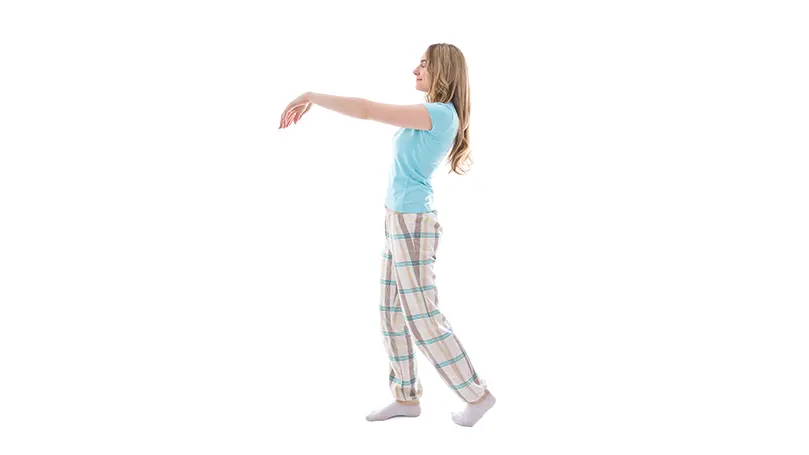
We'd first like to define parasomnia so that you can be certain whether you/someone you know is experiencing a sleepwalking episode or one of the other sleep disorders in this category. As you'll quickly see, they all share similar traits and can be mistaken for one another.
So, parasomnia is defined as a category of sleep disorders that roughly covers all unusual behaviours and experiences while falling asleep, within sleep or upon waking up. It can be further categorised based on which period of sleep the unusual behaviour takes place. For example, sleepwalking occurs during non-REM or NREM sleep. And within this NREM category, there are three other sleep disorders that can seem similar at first glance.
Night terrors
Night or sleep terrors depict a sleep disorder where a person may experience fear while in deep sleep, often accompanied by tossing, turning and even screaming or crying. However, it's important to note that it isn't the same as a nightmare, as the person won't wake up and usually won't have any recollection of what scared them.
So, if a person seems like they're experiencing immense fear and are moving around, it's likely that they're experiencing a night terror. If you want to know more about night terrors and how they differ from nightmares, we recommend reading this article.
Confusional arousals
This sleep disorder can easily be mistaken for sleepwalking as it's often depicted that way in movies and TV shows. People suffering from this disorder can get up in the middle of the night and even talk to you.
However, they'll seem dazed and disoriented, sometimes even starting to cry. This is because, for the most part, they're still asleep and might not fully understand what's going on. This sleep disorder is also most common in children. And the only real differentiator from sleepwalking is that they're not likely to move around but will rather stay in bed.
Sleep-related eating disorder
The last NREM disorder we'd like to bring up is the uncreatively named sleep-related eating disorder or SRED. As the name would suggest, this disorder usually has people get up in the middle of the night and start eating or drinking.
This can be quite dangerous as the person may end up eating something toxic or even try preparing food and hurting themselves in the process.
REM-sleep behavior disorder
Lastly, we'd like to discuss RSBD as it can also easily be mistaken for sleepwalking. As the name suggests, unlike the disorders mentioned so far, RSBD takes place during REM sleep. The issue arises because due to this disorder, your body is not “locked in” while you're experiencing dreams (so, like the opposite of sleep paralysis).
And this means that people afflicted with this disorder can act out their dreams – most commonly nightmares. From trying to run away to even harming their partner, people with RSBD won't have any idea of what they're doing in the real world.
And unlike night terrors, the person will likely remember the dream they had that made them act out. Luckily, most people just tend to flail around in bed and/or talk but the risk of them doing something more severe is definitely there.
Sleepwalking symptoms
Prevalence of childhood sleepwalking sits at around 1-17% with the most frequent onsets between the ages of 11 and 12. Somnambulism also affects around 4% of adults and may even transition into a chronic state if not properly managed. In other words, the dangers of sleepwalking are quite real and shouldn’t be taken lightly. The most common symptoms of sleepwalking include:
- Walking quietly around the room or even attempting to “escape”
- Open eyes with a glassy stare accompanied by a blank expression
- Dilated pupils
- Disorientation and general confusion
- Clumsiness
- Difficulties waking up
- Meaningless conversations with individuals who aren’t actually there
- Difficult arousal during the episode
- Violence
- Inappropriate behaviour (for example, children often urinate in closets…)
- Screaming (when occurring in conjunction with night terrors)
- General amnesia regarding the event
Sleepwalkers do not exhibit any physiological forewarnings that might indicate an imminent episode. There will be no increase in heart rate/breathing, twitching or notable variation in brain waves.
This also means that diagnosing sleepwalking isn't always easy – especially if the person lives alone. After all, if the person does manage to get back into bed, they likely won't know that they even got out during the night. The only sign of their excursion could be excessive daytime sleepiness when they wake up.
So, diagnosing and getting the appropriate sleep medicine to prevent sleepwalking isn't always straightforward. This is why doctors will often ask whether there's a family history of sleepwalking and look for signs of increased slow-wave sleep.
What causes sleepwalking?

Modern science is currently unable to pinpoint the exact sleepwalking causes, but it features an ample number of valid hypotheses and there do seem to be some common factors that can trigger sleepwalking. Some of the causes of sleepwalking are:
- Sleep deprivation
- Having an irregular sleeping schedule
- Stress
- Drinking
- Taking drugs such as neuroleptics, sedative-hypnotics, antihistamines, and stimulants. Contrary to the popular belief, sedatives exacerbate the condition rather than prevent it
- Genetics – A study has shown that children of sleepwalkers have a genetic predisposition to develop the condition themselves. However, environmental factors still dictate the expression of the behaviour
Sleepwalking has also been linked to numerous medical conditions, such as:
- Heart rhythm problems
- Heartburn
- Fever
- Nighttime seizures and asthma
- Obstructive sleep apnea
- Psychiatric disorders (panic attacks, PTSD, dissociative states, etc.)
- Restless legs syndrome
- Parkinson’s disease
When does sleepwalking occur?
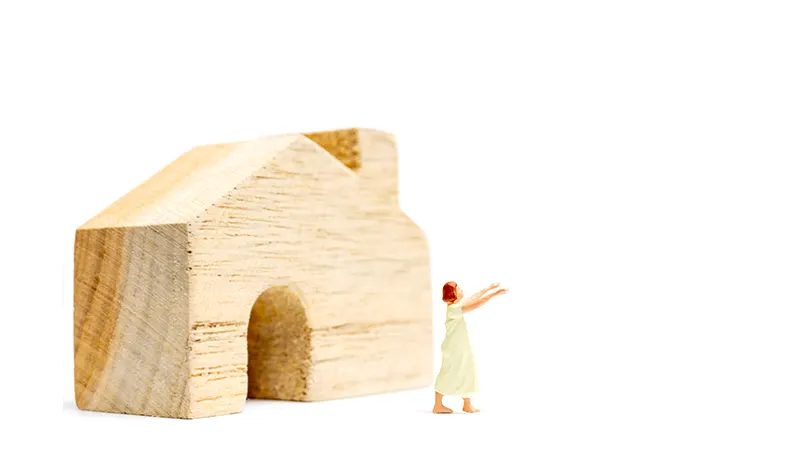
Our sleep cycle is divided into the non-REM (non-rapid eye movement) and REM stage (rapid eye movement).
NREM sleep incorporates 3 stages:
- Stage N1 – This stage is very short (around 10 minutes) and occurs the moment you fall asleep. This still categorises as “light sleep” from which you can be easily awakened
- Stage N2 – This segment is a bit longer and lasts between 30 and 60 minutes. During this time, your muscles become increasingly relaxed and you might start having delta (slow-wave) brain activity
- Stage N3 – This is what we call “deep sleep”, which lasts between 20 and 40 minutes. Throughout this stage, your slow-wave brain activity will increase and you may experience some body movements. Waking up from the N3 stage is rather challenging
REM or R Sleep is significantly deeper than NREM sleep. During this stage, your eyelids and eyes will begin to flutter and your breathing will become irregular. Having short episodes of apnea during REM sleep is perfectly normal. You’ll also experience the most vivid dreams during this stage. If you’re awoken from REM sleep, you’ll also be able to remember your dreams.
So, when does sleepwalking occur exactly?
The answer is, during the N3 stage of NREM sleep. As we already mentioned, all sleep disorders that occur during this particular segment are called parasomnias (night terrors, teeth grinding, exploding head syndrome, etc.). These conditions manifest during your transition from NREM to REM sleep and may appear in conjunction with one another.
How to prevent/treat sleepwalking?
The key to preventing somnambulism lies in “countering” the aforementioned potential causes. So, if you want to know how to stop sleepwalking, you first must take a look at your lifestyle and determine what could be the trigger. In other words, try to avoid stress and heavy drinking while maintaining a healthy and replenishing sleeping regimen. Choosing the ideal mattress that fits your personal preferences might play a big role in your recovery as well. You can also try various relaxation techniques, anticipatory awakenings, mental imagery, and many other prevention mediums.
A medical condition can also be an underlying cause of sleepwalking, in which case, you’ll have to consult a trained specialist. As mentioned, these conditions can range from something harmless like restless leg syndrome to more serious disorders like OBA and gastroesophageal reflux. Once “la cause de la maladie” is successfully treated, the sleepwalking episodes should subside as well.
Steps for preventing sleepwalking
There are also specific steps you can take in order to prevent sleepwalking from becoming a habit. For example, if you share the bed with someone, ask them to take note of when you usually start sleepwalking and have them wake you up fifteen minutes before it happens. If done a few times in a row, it might break the cycle and give you some peace of mind.
Speaking of peace of mind, some doctors might also suggest Cognitive Behavioral Therapy, especially when it comes to adult sleepwalkers, in order to lower overall stress levels and fight the condition that way. Lastly, you might be advised to better your sleep hygiene so that sleep disturbances are less likely to happen.
Proper sleep hygiene includes making a consistent bedtime routine, avoiding blue light prior to bed, being careful of what you eat in the evening, making your room sleep-friendly, and so on. Here's our full guide on proper sleep hygiene if you're curious (or sleep deprived).
Lastly, medications that might prove useful in your sleepwalking treatment include:
- Trazodone (Oleptro)
- Clonazepam (Klonopin)
- Estazolam
- Melatonin
- Biperiden
- Quetiapine
- Diazepam…
However, do note that we're just listing out what people tend to use in order to combat sleepwalking. Talk to your doctor and have them prescribe the correct medication as well as the dosage in order to avoid any unwanted side effects.
Protection when sleepwalking
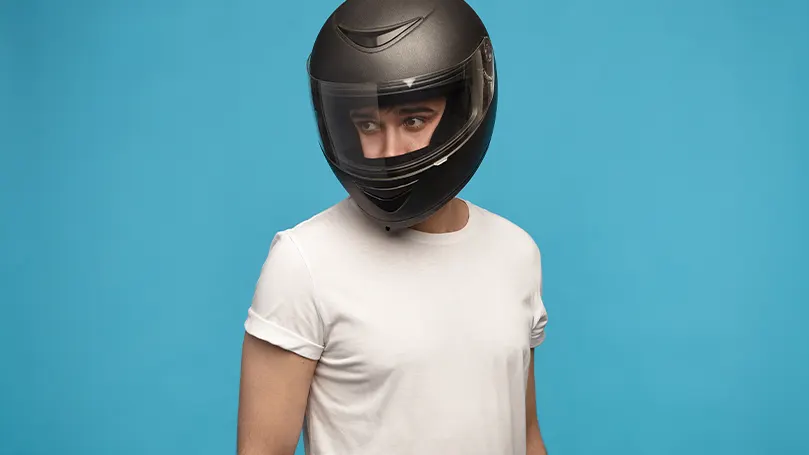
Now that we know what somnambulism is, the main causes of sleepwalking, and potential treatment options, we can divert our attention from “why do people sleepwalk” to “sleepwalking protection”.
When it comes to living with a sleepwalker, the first thing we want to point out is that waking a sleepwalker up is completely safe. That in itself won't harm the person in any way. However, you should take into account that they'll be very confused and perhaps startled – so, make sure they don't hurt themselves.
But that's not the only safety measure you could or should implement. Here are a few more things you should keep in mind if you are or live with a sleepwalker:
- Keep a safe environment in your bedroom without any sharp objects
- Don't sleep on the top bunk of a bunk bed
- Sleep on the ground floor
- Lock your doors and windows
- Cover your glass windows, preferably with heavy drapes
- Place a bell or an alarm clock on the bedroom door
- Keep weapons and loaded firearms out of reach
It also helps if you can work with your partner so that they can learn to “guide” you through your sleepwalking episodes without waking you up. This way you avoid all the confusion that rises up when you're suddenly in the middle of the kitchen and your partner doesn't have to worry about you freaking out.
But to be clear, all of these are just safety precautions. Your situation might not call for any of them or it might require even more forethought put in. It all heavily depends on how active one tends to get while sleepwalking as some people will just mumble in the corner while others might just attempt to drive.
Conclusion
Overall, sleepwalking can be a very complicated and dangerous disorder that should be taken seriously and treated as soon as it's diagnosed. And while we, unfortunately, don't have all the answers when it comes to treatment, there are still steps both you and your partner can make in order to make the whole ordeal safer and more mild.
Lastly, if you or your partner have experienced sleepwalking, let us know down in the comments! What are your sleepwalking prevention tips that you wish you had known sooner?
Spread the word
Recommended reading:
- What Are the Benefits of Sleeping with an Eye Mask?
- How to Make Blackout Curtains
- White noise for sleeping: Does it work?

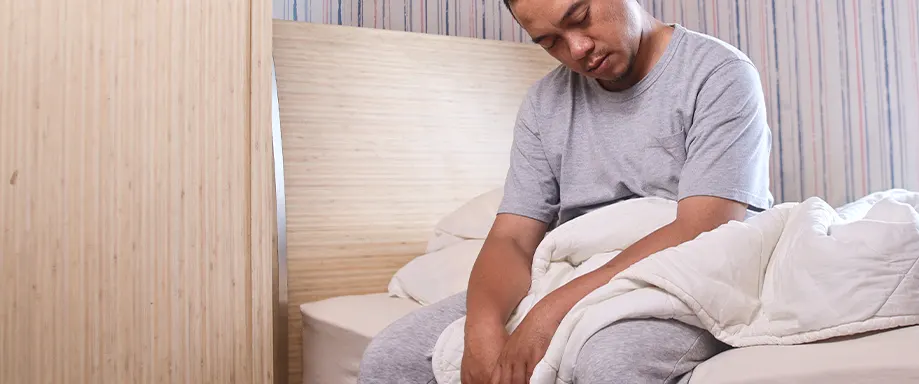

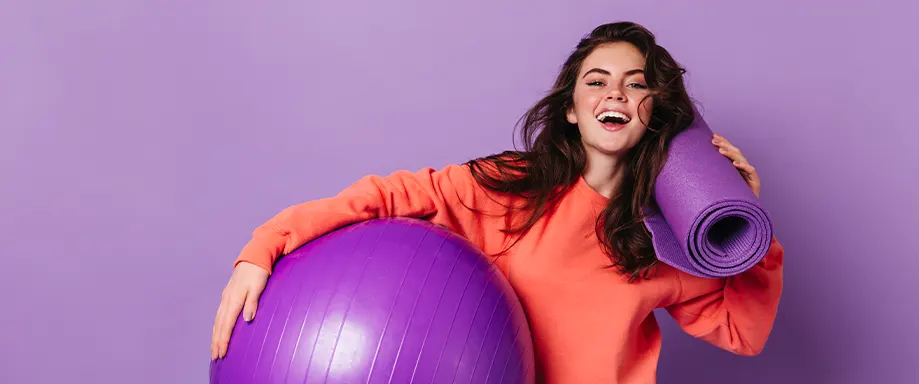













There are no comments yet
"*" indicates required fields